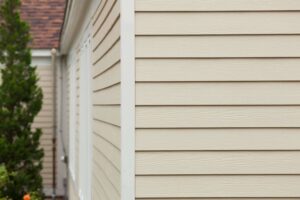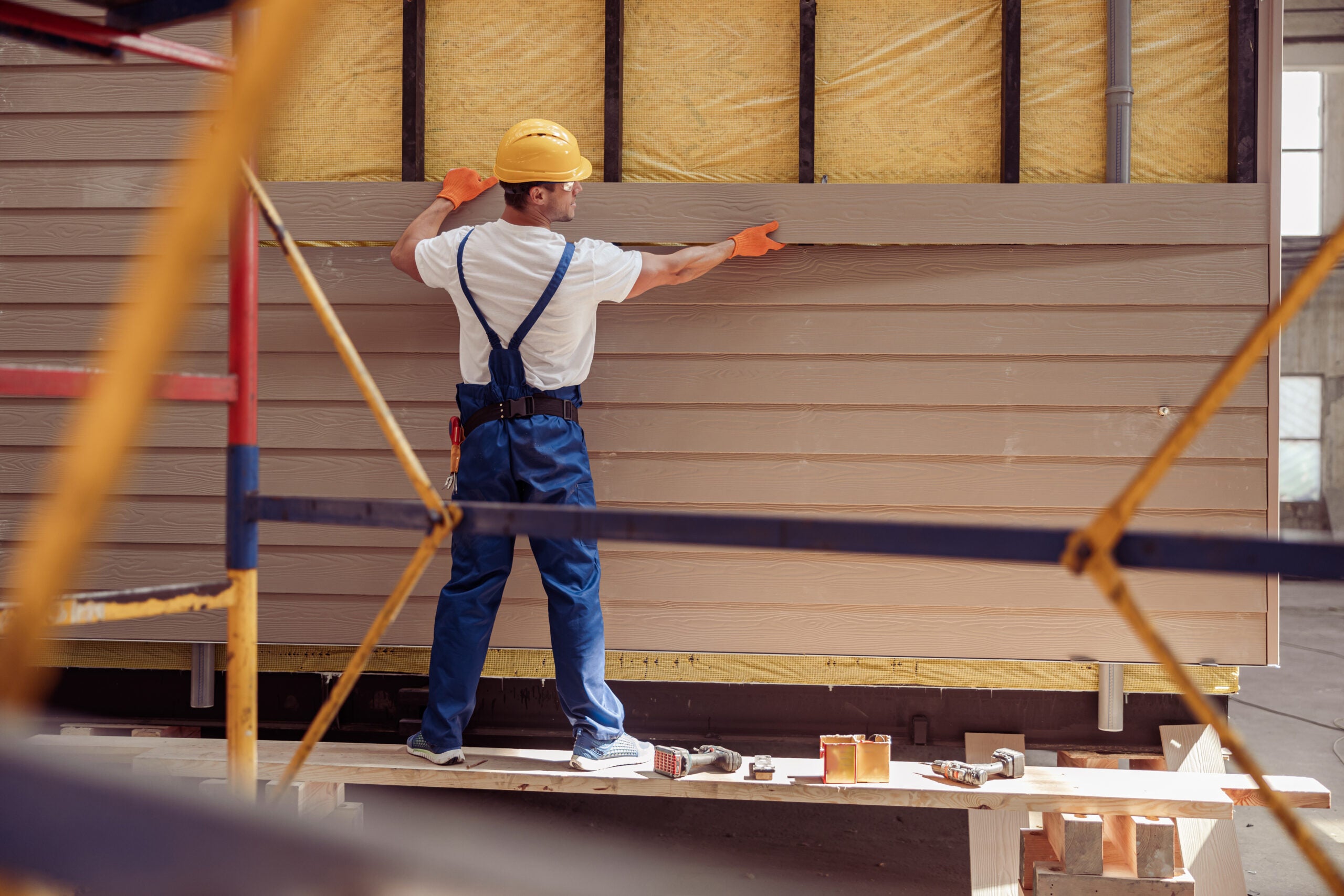Mar 26, 2025
How to Maintain Your Siding: Tips for Longevity
Your home’s siding plays a crucial role in protecting your property from the elements while also contributing to its overall aesthetic appeal. Over time, exposure to harsh weather conditions, dirt, and moisture can take a toll on your siding, leading to damage and deterioration. Proper maintenance is essential to extend its lifespan and keep your home looking its best. Understanding how to care for different types of siding and implementing a regular maintenance routine can help prevent costly repairs and replacements.
Regular Cleaning to Prevent Build-Up
 One of the simplest yet most effective ways to maintain your siding is through regular cleaning. Dirt, dust, and mildew can accumulate over time, making the siding look dull and worn. Washing your siding at least once or twice a year helps maintain its appearance and prevents long-term damage. A garden hose with a spray nozzle is usually sufficient for mild dirt, but for tougher stains, a mixture of mild soap and water, along with a soft-bristled brush, can be used.
One of the simplest yet most effective ways to maintain your siding is through regular cleaning. Dirt, dust, and mildew can accumulate over time, making the siding look dull and worn. Washing your siding at least once or twice a year helps maintain its appearance and prevents long-term damage. A garden hose with a spray nozzle is usually sufficient for mild dirt, but for tougher stains, a mixture of mild soap and water, along with a soft-bristled brush, can be used.
For homeowners considering pressure washing, caution is advised. While it can be effective, using too much pressure can damage certain siding materials, especially vinyl and wood. Keeping the nozzle at a safe distance and using a low-pressure setting ensures that the surface remains intact while still removing dirt and grime.
Inspecting for Damage and Addressing Issues Early
Routine inspections are vital to catching problems before they worsen. Small cracks, loose panels, or signs of moisture infiltration should be addressed as soon as they are noticed. Ignoring minor issues can lead to more significant structural damage, potentially requiring expensive repairs.
During an inspection, look for warping, discoloration, or areas where the siding may be pulling away from the house. These could be signs of underlying moisture damage or pest infestation. If any areas appear compromised, replacing the affected sections promptly helps maintain the integrity of the entire siding system.
Protecting Against Moisture and Mold
Moisture is one of the biggest threats to siding longevity. If water seeps behind the siding, it can cause mold growth, rot, and deterioration. Ensuring proper drainage around your home prevents excess moisture from coming into contact with the siding. Keeping gutters clean and directing water away from the foundation reduces the risk of siding damage caused by water pooling.
Trimming back trees and shrubs near the home also helps prevent excess moisture buildup. Overgrown vegetation can trap moisture against the siding, creating an environment for mold and mildew to develop. Allowing sufficient airflow around the exterior of your home keeps the siding dry and in good condition.
Repainting and Resealing for Added Protection
Some siding materials, such as wood and fiber cement, require periodic repainting or resealing to maintain their durability. Over time, paint can chip or fade, leaving the surface exposed to the elements. A fresh coat of paint not only improves the appearance but also provides an added layer of protection against moisture and UV damage.
Before repainting, cleaning and priming the surface ensures that the paint adheres properly. High-quality exterior paint designed for your specific siding type enhances its resilience and extends its lifespan. Similarly, resealing wood siding with a protective sealant prevents water penetration and reduces the risk of rot.
Preventing Pest Damage
Certain types of siding, particularly wood, are vulnerable to insect infestations. Termites, carpenter ants, and other pests can cause significant structural damage if left unchecked. Regularly inspecting for signs of pest activity, such as small holes, wood shavings, or droppings, helps identify issues early.
Keeping siding in good repair and sealing any cracks or gaps minimizes the risk of pests gaining access. If an infestation is suspected, consulting with a professional exterminator ensures that the problem is properly addressed before it spreads.
Weatherproofing for Harsh Climates
Homes in regions with extreme weather conditions require extra siding protection. Freezing temperatures, heavy rain, and intense sunlight can all contribute to premature wear and tear. Choosing siding materials suited for the local climate and taking additional weatherproofing measures help prolong its lifespan.
Applying weather-resistant coatings and ensuring that insulation is properly installed prevents issues such as warping and cracking. Additionally, securing loose panels before storm season minimizes the risk of wind damage. Being proactive in weatherproofing efforts reduces the likelihood of extensive repairs after severe weather events.

Knowing When to Replace Siding
Despite regular maintenance, siding will eventually reach the end of its lifespan. Knowing when to replace it is just as important as maintaining it. If siding shows widespread damage, persistent mold growth, or frequent issues that require constant repairs, a full replacement may be the best option.
Upgrading to newer, more durable materials can improve both the appearance and efficiency of your home. Modern siding options often include enhanced insulation, better resistance to environmental factors, and longer-lasting finishes. Consulting with a professional contractor helps determine the best replacement options based on your home’s needs and budget.
More Details